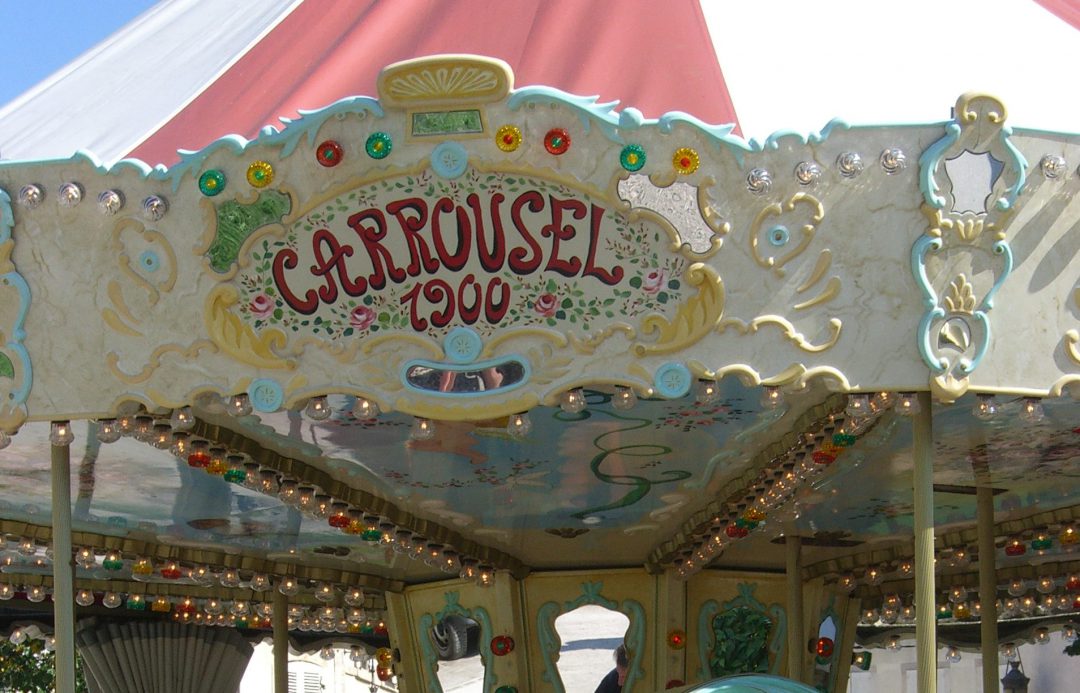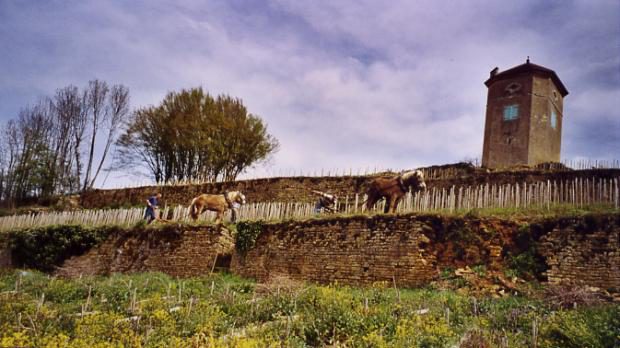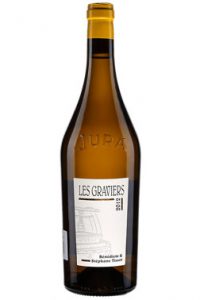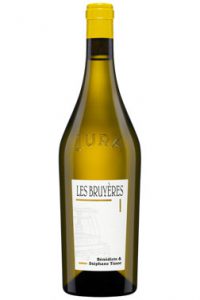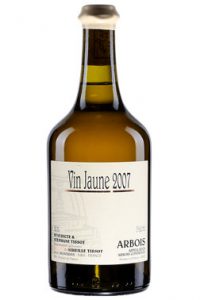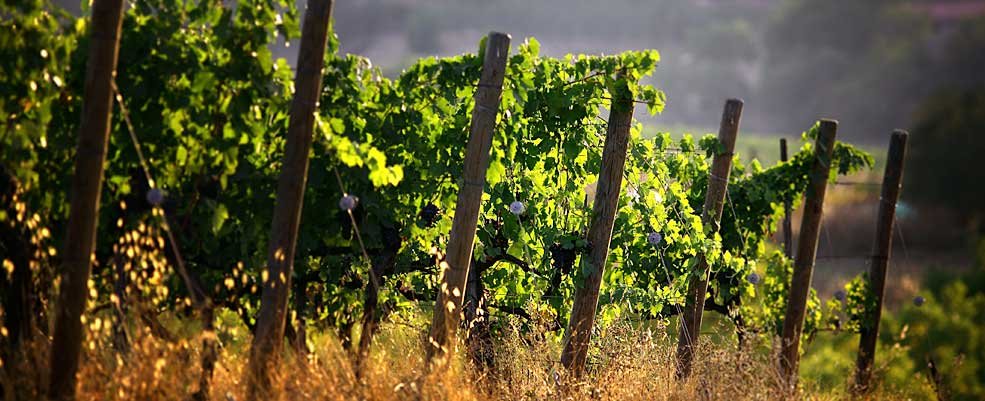I remember the feeling of nervous anticipation as I navigated my way through the Vienna airport in the winter of 2015. I was on my way to meet my fellow Masters of Wine students for our first year seminar in Rust, the heart of the Burgenland wine region of Austria.
There were a host of reasons for my sweaty palms and racing heart. Would my new colleaugues prove to be far more knowledgeable and experienced than me? Would our MW teachers be pretentious and aloof? And, above all…how would the group react to my rather prominent mid-section?
On retrospect, I suppose that preparing for the worst (judgemental comments and disapproving stares), made the reality a pleasant surprise. The organizer singled me out in a loud, yet jolly voice as ‘the pregnant one’, and reactions were a mix of disinterest or polite congratulations. No one seemed to find it odd that I was embarking on intensive wine tasting studies in my ‘delicate condition’.
No one seemed to find it odd that I was embarking on intensive wine tasting studies in my ‘delicate condition’.
In fact, I was regularly regaled, through out the week, with the story of Jancis Robinson sitting (and passing) her Masters of Wine exams while 8 months pregnant. To the MW set, this was irrefutable proof that one can prevail in the face of changing tastebuds, heartburn and general exhaustion.
Now, two years on, I find myself back in the same position; waddling into industry tastings to ply my trade. This time around I am in North America rather than Europe, and while I have not noticed any outright disapproval, I have met with much more curiosity about the logistics of wine tasting while pregnant.
Pregnancy takes your body on a bit of a wild journey. Your hormones are all over the place and most definitely affect your sense of smell and taste. Each woman has their own experience, and I can only speak of my two rides on this crazy carousel.
Pregnancy takes your body on a bit of a wild journey…Attraction to and repulsion by certain smells is so strong that I lose all notion of objectivity.
The first three months are tricky. Attraction to and repulsion by certain smells is so strong that I lose all notion of objectivity. It is almost impossible to neutrally judge a wine’s merits in these conditions. The tasting portion is even worse, with the separate structural elements of acid, tannin, oak, alcohol, residual sugar all standing out in jarring opposition. I suppose that this is nature’s way of keeping me off the sauce in that first critical phase while the embryo implants.
Around month four or five, a renewed sense of pleasure returns and with it, the bitter reality of having to wait out a long, dreary ‘dry season’. On the plus side, sensory perception appear to be functioning on high alert, with separate, clearly defined aromatics near bursting from the glass. Wines seem more harmonious on the palate (depending on quality level) and infinitely more desirable.
The only foe that plagues me until the end is acidity. Dry wines with high acid levels remain unpalatable through out. Beloved wines like Chablis, Sancerre and Champagne lose much of their appeal.
Sensory perception appear to be functioning on high alert, with separate, clearly defined aromatics near bursting from the glass.
The most fascinating aspect of the whole process is the aftermath. While my sense of smell didn’t remain quite as sensitive after giving birth, I definitely feel that I retained more accute olfactory capacities than was previously the case. A specific wine tasted pregnant, that had revealed so much more nuance to me than before, still did so afterwards. Come July, I am hoping for a similar result.
And oh the sheer bliss of drinking wine again after such a long spell of carefully sniffing, swirling and spitting! In my case, absence definitely does make the heart grow fonder. Favourite wines are rediscovered like long lost friends, grown infinitely more special after such a long spell apart.
All in all, I think that pregnancy has and is enhancing my tasting ability and enjoyment. There are undeniable setbacks as our tastebuds adjust, and as we settle into a new, slower work pace during the waiting months and the sleepless nights with crying newborns. However, in my opinion, the rewards vastly outweigh the sacrifices.

